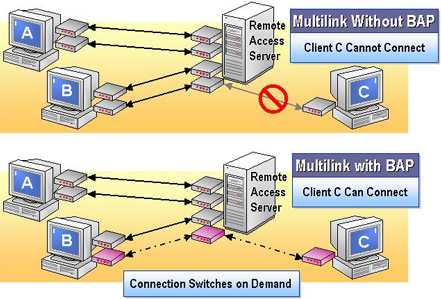

This article describes the fundamental architectural principles of MBA, including software enabling and usage considerations. MBA enables improved prioritization, bandwidth management and is a valuable tool to help control data center noisy neighbors. The Intel® Xeon® Scalable processors introduce Memory Bandwidth Allocation (MBA), which provides new levels of control over how memory bandwidth is distributed across running applications. Previously available Intel® RDT features do not provide control over memory bandwidth, however. Intel® Resource Director Technology (Intel® RDT) provides a series of technologies to provide increased monitoring insight into how shared system resources such as the last-level cache and memory bandwidth are used and controls over the last-level cache. In other cases, the performance or responsiveness of certain applications might depend on having a given amount of memory bandwidth available to perform at an acceptable level, and the presence of other consolidated applications may lead to performance interference effects. This allocation scheme optimises bandwidth usage and results is faster transmissions.ĭynamic channel allocation is further divided into centralised and distributed allocation.In today’s complex data center and enterprise deployments, conditions may arise where memory bandwidth is constrained under heavy system load, for instance when consolidating many virtual machines onto a server system. The allocation is done considering a number of parameters so that transmission interference is minimized. Instead channels are allotted to users dynamically as needed, from a central pool. In dynamic channel allocation scheme, frequency bands are not permanently assigned to the users.


However, it is not suitable in case of a large number of users with variable bandwidth requirements. In this allocation scheme, there is no interference between the users since each user is assigned a fixed channel. This scheme is also referred as fixed channel allocation or fixed channel assignment. For N competing users, the bandwidth is divided into N channels using frequency division multiplexing (FDM), and each portion is assigned to one user. In static channel allocation scheme, a fixed portion of the frequency channel is allotted to each user. Channel Allocation SchemesĬhannel Allocation may be done using two schemes − Channel allocation algorithms allocate the wired channels and bandwidths to the users, who may be base stations, access points or terminal equipment. The network channel may be a single cable or optical fiber connecting multiple nodes, or a portion of the wireless spectrum. When there are more than one user who desire to access a shared network channel, an algorithm is deployed for channel allocation among the competing users.


 0 kommentar(er)
0 kommentar(er)
